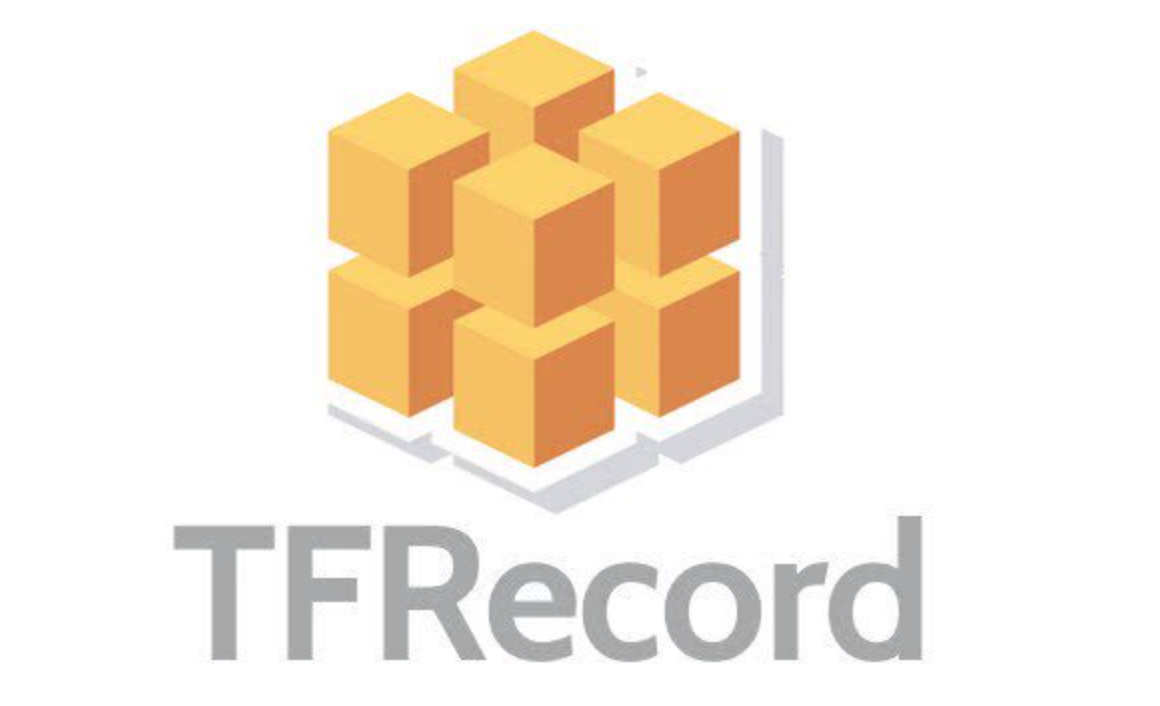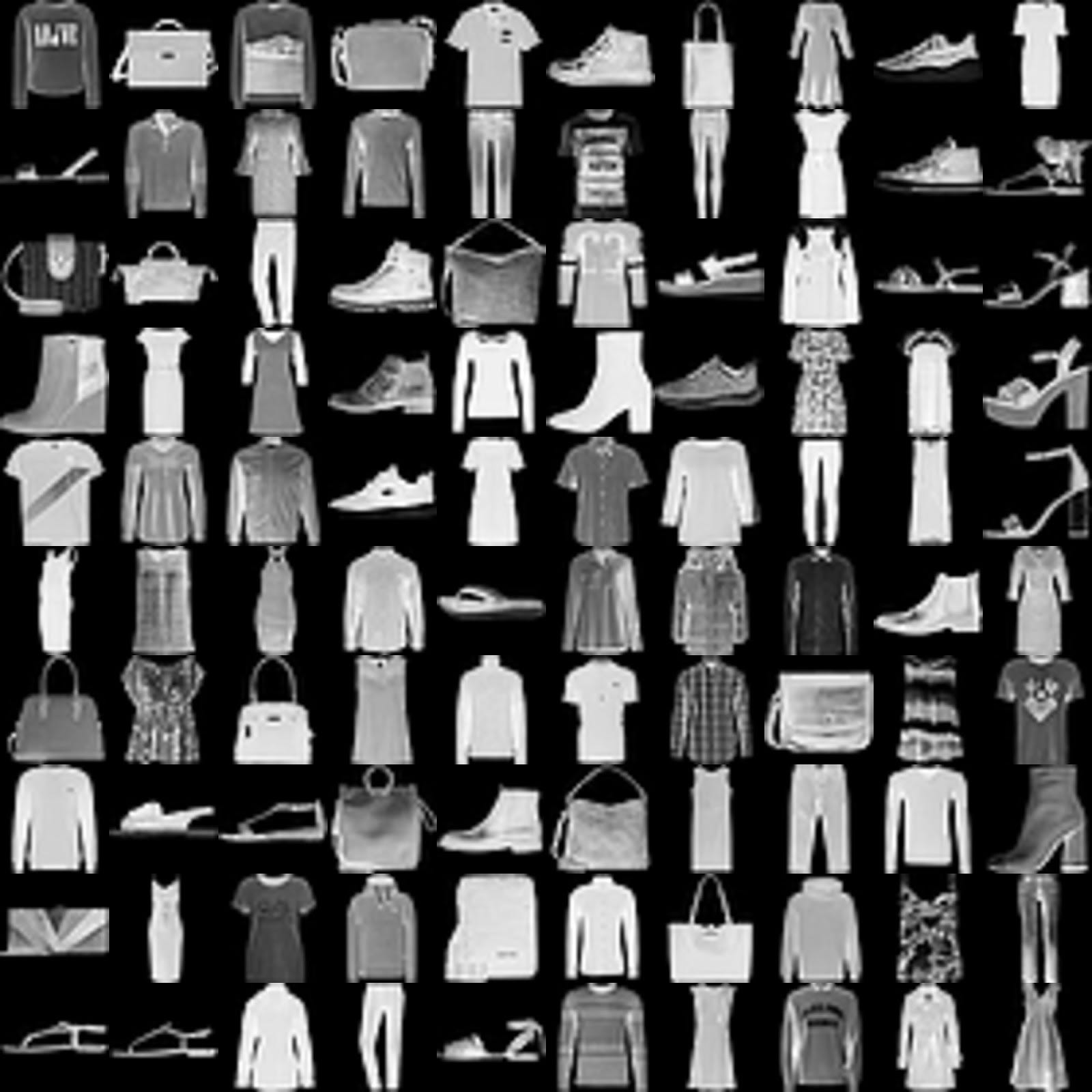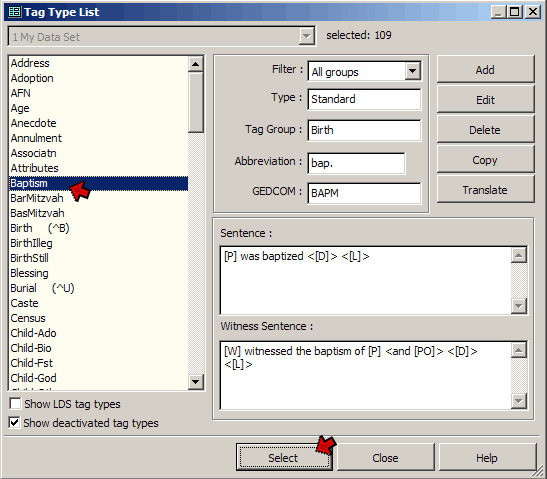44 tf dataset get labels
Dataset object has no attribute `to_tf_dataset` · Issue ... RajkumarGalaxy commented on Nov 20, 2021. The issue is due to the older version of transformers and datasets. It has been resolved by upgrading their versions. # upgrade transformers and datasets to latest versions !pip install --upgrade transformers !pip install --upgrade datasets. Regards! TensorFlow | How to use tf.data.Dataset.map() function in ... Lets normalize the images in dataset using map () method , below are the two steps of this process. def normalize_image(image, label): return tf.cast (image, tf.float32) / 255., label. Apply the normalize_image function to the dataset using map () method. Lets analyze the pixel values in a sample image from the dataset after applying map () method.
TensorFlow Datasets This can be combined with as_supervised=True and tfds.as_numpy to get the the data as (np.array, np.array): image, label = tfds.as_numpy(tfds.load( 'mnist', split='test', batch_size=-1, as_supervised=True, )) print(type(image), image.shape) (10000, 28, 28, 1)

Tf dataset get labels
How to filter Tensorflow dataset by class/label? | Data ... Hey @bopengiowa, to filter the dataset based on class labels we need to return the labels along with the image (as tuples) in the parse_tfrecord() function. Once that is done, we could filter the required classes using the filter method of tf.data.Dataset.Finally we could drop the labels to obtain just the images, like so: image_feature_description = { 'label': tf.io.FixedLenFeature([], tf ... IMDB movie review sentiment classification dataset - Keras This is a dataset of 25,000 movies reviews from IMDB, labeled by sentiment (positive/negative). Reviews have been preprocessed, and each review is encoded as a list of word indexes (integers). For convenience, words are indexed by overall frequency in the dataset, so that for instance the integer "3" encodes the 3rd most frequent word in the data. python - tf.data filter dataset using label predicate ... However, the filter function returns the unfiltered in the above code. labels = [] for i, x in enumerate (tfds.as_numpy (dataset)): labels.append (x [1] [0] [0]) print (labels) Returns [4, 7, 5, 6, 0, 5, 5, 6, 5, 3, 6, 7, 0, 0, 6, 3] To reproduce the result, please use this colab link python tensorflow keras tensorflow2.0 tensorflow-datasets Share
Tf dataset get labels. Using the tf.data.Dataset - Tensor Examples # create the tf.data.dataset from the existing data dataset = tf.data.dataset.from_tensor_slices( (x_train, y_train)) # by default you 'run out of data', this is why you repeat the dataset and serve data in batches. dataset = dataset.repeat().batch(batch_size) # train for one epoch to verify this works. model = get_and_compile_model() … python - Get labels from dataset when using tensorflow ... The tf.data.Dataset object is batch-like object so you need to take a single and loop through it. For the first batch, you do: for image, label in test_ds.take(1): print (label) I used test_ds from your code above because it has the data and labels all in one object. So the take away is that tf.data.Dataset object is a batch-like object. Keras tensorflow : Get predictions and their associated ... I am new to Tensorflow and Keras so the answer is perhaps simple, but I have a batched and prefetched tensorflow dataset (of type tf.data.TFRecordDataset) which consists in images and their label (int type) , and I apply a classification model on it. logits and labels must be broadcastable error in Tensorflow RNN Jul 30, 2018 · cost = tf.reduce_mean(tf.nn.softmax_cross_entropy_with_logits(logits=prediction, labels=y)) the prediction and labels have incompatible shapes. You need to change how the predictions are computed to get one per example in your minibatch.
Module: tf.data | TensorFlow Core v2.8.0 tf.data.Dataset API for input pipelines. How to filter the dataset to get images from a specific ... Is it possible to make predicate function more generic, so that I can keep N number of classes and filter out the rest of the classes? or is there any other way to filter the dataset to get images from a specific class? Environment information. Operating System: Distribution: Anaconda; Python version: <3.7.7> Tensorflow 2.1; tensorflow_datasets ... Get labels from dataset when using tensorflow image ... My problem is that I cannot figure out how to access the labels from the dataset object created by tf.keras.preprocessing.image_dataset_from_directory() My images are organized in directories having the label as the name. The documentation says the function returns a tf.data.Dataset object. Data preprocessing using tf.keras.utils.image_dataset_from ... We want to load these images using tf.keras.utils.images_dataset_from_directory () and we want to use 80% images for training purposes and the rest 20% for validation purposes. We define batch size as 32 and images size as 224*244 pixels,seed=123. Total Images will be around 20239 belonging to 9 classes.
Tensorflow | tf.data.Dataset.from_tensor_slices ... With the help of tf.data.Dataset.from_tensor_slices() method, we can get the slices of an array in the form of objects by using tf.data.Dataset.from_tensor_slices() method.. Syntax : tf.data.Dataset.from_tensor_slices(list) Return : Return the objects of sliced elements. Example #1 : In this example we can see that by using tf.data.Dataset.from_tensor_slices() method, we are able to get the ... tensorflow tutorial begins - dataset: get to know tf.data ... def train_input_fn( features, labels, batch_size): """An input function for training""" # Converts the input value to a dataset. dataset = tf. data. Dataset. from_tensor_slices ((dict( features), labels)) # Mixed, repeated, batch samples. dataset = dataset. shuffle (1000). repeat (). batch ( batch_size) # Return data set return dataset Create a Dataset from TensorFlow ImageDataGenerator | by ... We will be looking at tf.data.Dataset.from_generator()function which accepts 3 inputs and returns a dataset for us. Things to be noted: In the place of lambda use your data generator object. Multi-label Text Classification with Tensorflow - Vict0rsch adjust the type # of your 0 padding_values according to your platform dataset = tf.data.dataset.zip( (texts_dataset, labels_dataset)) dataset = dataset.shuffle(10000, reshuffle_each_iteration=true) dataset = dataset.padded_batch(batch_size, padded_shapes, padding_values) dataset = dataset.prefetch(10) iterator = tf.data.iterator.from_structure( …

Image Dataset with TFRecord Files! | by Jelaleddin Sultanov | AI³ | Theory, Practice, Business ...
Using the tf.Dataset API with Keras - Stack Overflow The established way to use TF Dataset API in Keras is to feed `model.fit` with `make_one_shot_iterator()`, But this iterator only good for one Epoch 0 Using tf.data.Dataset in keras
Build a computer vision model with TensorFlow | Google Developers 29/06/2021 · import tensorflow as tf print(tf.__version__) You'll train a neural network to recognize items of clothing from a common dataset called Fashion MNIST. It contains 70,000 items of clothing in 10 different categories. Each item of clothing is in a 28x28 grayscale image. You can see some examples here: The labels associated with the dataset are:
Predict cluster labels spots using Tensorflow — Squidpy ... Dataset. from_tensor_slices ([x for x in spot_generator]) # label dataset lab = get_ohe (adata, cluster_key, obs_names) lab_dataset = tf. data. Dataset . from_tensor_slices ( lab ) ds = tf . data . Dataset . zip (( image_dataset , lab_dataset )) if shuffle : # if you want to shuffle the dataset during training ds = ds . shuffle ( 1000 ...
How to convert my tf.data.dataset into image and label ... I created a tf.data.dataset using the instructions on the keras.io documentation site. dataset = tf.keras.preprocessing.image_dataset_from_directory( directory, labels="inferred", label_m...
A hands-on guide to TFRecords. An introduction on working ... To get these {image, label} pairs into the TFRecord file, we write a short method, taking an image and its label. Using our helper functions defined above, we create a dictionary to store the shape of our image in the keys height, width, and depth — w e need this information to reconstruct our image later on.
tfds.features.ClassLabel | TensorFlow Datasets tfds.features.ClassLabel( *, num_classes=None, names=None, names_file=None ) Methods cls_from_name View source @classmethod cls_from_name( python_class_name: str ) -> Type['FeatureConnector'] Returns the feature class for the given Python class. decode_batch_example View source decode_batch_example( example_data ) See base class for details.
Multi-Label Image Classification in TensorFlow 2.0 | by ... model.compile(optimizer=tf.keras.optimizers.Adam(learning_rate=LR), loss=macro_soft_f1, metrics=[macro_f1]) Now, you can pass the training dataset of (features, labels) to fit the model and indicate a seperate dataset for validation. The performance on the validation set will be measured after each epoch.
tf.data: Build Efficient TensorFlow Input Pipelines for ... 3. Build Image File List Dataset. Now we can gather the image file names and paths by traversing the images/ folders. There are two options to load file list from image directory using tf.data ...
Images with directories as labels for Tensorflow data This will give us a dataset of strings for our file paths and we could then make use of tf.read_file and tf.image.decode_jpeg to map in the actual image. The downsides of this is reading in the actual label. The string is a tensor and so I found it cumbersome to do path manipulation and get the folder name and map that to an integer label.
tf.data: Build TensorFlow input pipelines | TensorFlow Core dataset = tf.data.Dataset.from_tensor_slices( (images, labels)) dataset Note: The above code snippet will embed the features and labels arrays in your TensorFlow graph as tf.constant () operations.
tfdf.keras.pd_dataframe_to_tf_dataset | TensorFlow ... If "label" is provided, separate it as a second channel in the tf.Dataset (as expected by Keras). If "weight" is provided, separate it as a third channel in the tf.Dataset (as expected by Keras). If "task" is provided, ensure the correct dtype of the label. If the task a classification and the label a string, integerize the labels.
How to solve Multi-Label Classification Problems in Deep ... def combine_images_labels(file_path: tf.Tensor): label = get_label(file_path) img = tf.io.read_file(file_path) img = decode_img(img) return img, label time: 3.76 ms (started: 2021-01-06 09:30:04 ...
Training and evaluation with the built-in methods - TensorFlow 10/01/2022 · Setup import tensorflow as tf from tensorflow import keras from tensorflow.keras import layers Introduction. This guide covers training, evaluation, and prediction (inference) models when using built-in APIs for training & validation (such as Model.fit(), Model.evaluate() and Model.predict()).. If you are interested in leveraging fit() while specifying your own training step …
Python get image paths - programcreek.com 60 Python code examples are found related to "get image paths".These examples are extracted from open source projects. You can vote up the ones you like or vote down the ones you don't like, and go to the original project or source file by following the links above each example.
How to use Dataset in TensorFlow. The built-in Input ... dataset = tf.data.Dataset.from_tensor_slices (x) We can also pass more than one numpy array, one classic example is when we have a couple of data divided into features and labels features, labels = (np.random.sample ( (100,2)), np.random.sample ( (100,1))) dataset = tf.data.Dataset.from_tensor_slices ( (features,labels)) From tensors
TFRecord and tf.train.Example | TensorFlow Core The TFRecord format is a simple format for storing a sequence of binary records. Protocol buffers are a cross-platform, cross-language library for efficient serialization of structured data.. Protocol messages are defined by .proto files, these are often the easiest way to understand a message type.. The tf.train.Example message (or protobuf) is a flexible message type that represents a ...












Post a Comment for "44 tf dataset get labels"